However, in the process of using health insurance, many people have difficulty understanding the regulations on referral examination.
Referral examination can be understood as the process of transferring a patient from one medical facility to another medical facility with a higher level for diagnosis and treatment when the initial medical facility does not have sufficient qualifications or equipment. The referral process must fully comply with legal regulations and is usually prescribed by a doctor.
According to regulations of the Ministry of Health, to enjoy health insurance benefits when referring to a higher level of health care, the following conditions must be met:
Doctor's order: The patient must be referred by a doctor for professional reasons, that is, the original hospital or clinic does not have the capacity or conditions to treat the patient's condition.
Valid referral form: Patients need a referral form issued by the primary health care facility. This form must be clear, complete, and valid according to the prescribed form.
Referral according to regulations: Patients must be transferred according to regulations on the order of medical levels. For example, from district level to provincial level, from provincial level to central level.
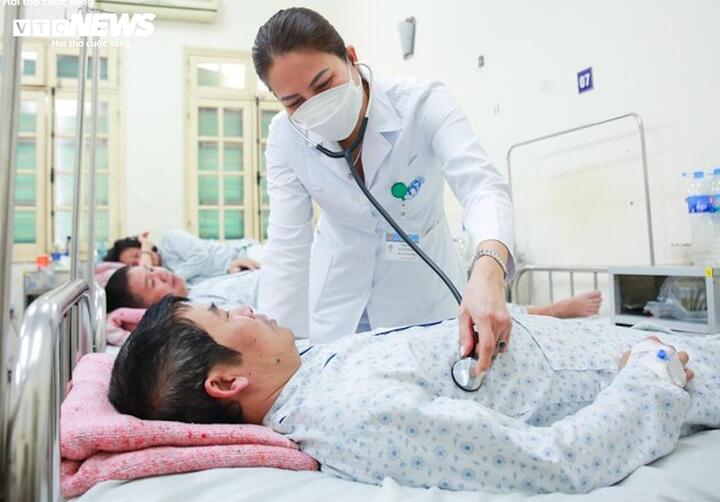
Referral examination is an important part of using health insurance effectively. (Photo: Khong Chi)
Clause 1, Article 5 of Circular 14/2014/TT-BYT, medical examination and treatment facilities transfer patients from lower levels to higher levels when meeting the following conditions:
- The disease is not suitable for the diagnostic and treatment capacity and technical list of the medical examination and treatment facility, or is suitable but due to objective conditions, the facility is not qualified to diagnose and treat;
- Based on the approved technical list, if the adjacent upper-level medical examination and treatment facility does not have suitable technical services, the lower-level medical examination and treatment facility will be transferred to a higher level;
- Before transferring, the patient must be consulted and have a referral indication (except for clinics and level 4 medical examination and treatment facilities).
Based on the above regulations, it can be seen that lower-level hospitals can only transfer patients to higher-level hospitals if they meet one of the above conditions. Transfers can only be made when conditions for diagnosis and treatment are not guaranteed and must be transferred from commune, district, provincial and central levels in turn.
There are some special cases where patients can be examined at a higher level without a referral, such as in an emergency, when the patient is taken to the nearest medical facility capable of handling the case; in a patient undergoing continuous treatment who needs to be transferred to a higher level for convenience in receiving more specialized treatment; or in a patient with a health insurance card initially registered at a facility near their place of residence but due to objective conditions must be treated at another facility.
When the conditions for referral examination are met, the patient will be covered by health insurance for part or all of the medical examination and treatment costs at the higher-level medical facility. This helps patients reduce their financial burden and access better care.
It can be seen that referral examination is an important part of using health insurance effectively. Understanding the regulations and conditions for referral examination helps patients ensure their rights and access higher quality medical services when necessary. Having a firm grasp of information on this issue will help health insurance participants feel more secure in the process of taking care of their health and their families.
Source: https://vtcnews.vn/khi-nao-duoc-kham-chuyen-tuyen-de-huong-bao-hiem-y-te-ar903316.html



![[Photo] Overcoming all difficulties, speeding up construction progress of Hoa Binh Hydropower Plant Expansion Project](https://vstatic.vietnam.vn/vietnam/resource/IMAGE/2025/4/12/bff04b551e98484c84d74c8faa3526e0)


![[Photo] Closing of the 11th Conference of the 13th Central Committee of the Communist Party of Vietnam](https://vstatic.vietnam.vn/vietnam/resource/IMAGE/2025/4/12/114b57fe6e9b4814a5ddfacf6dfe5b7f)



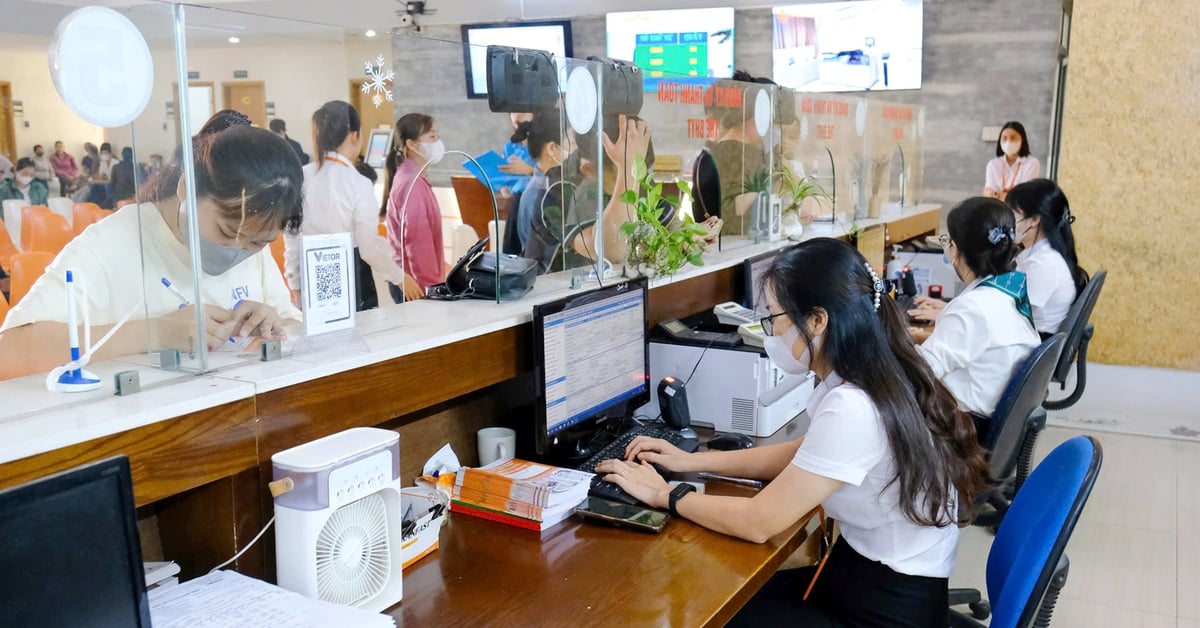

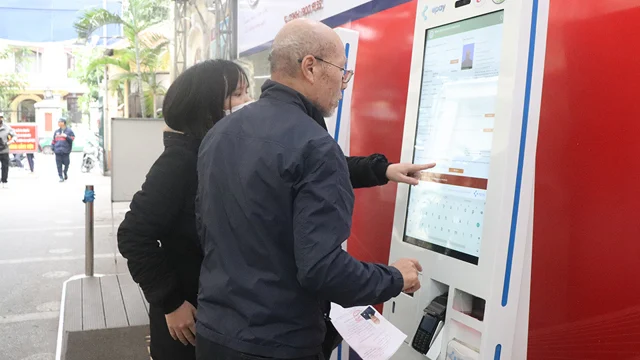


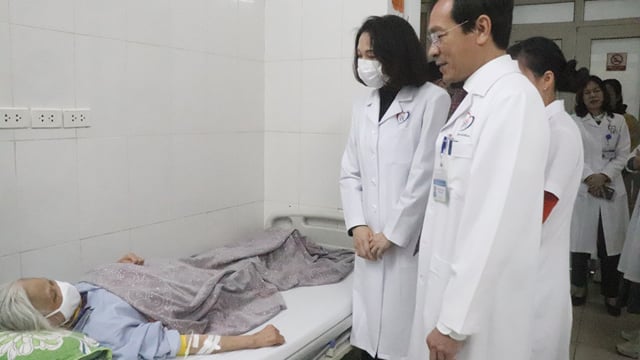
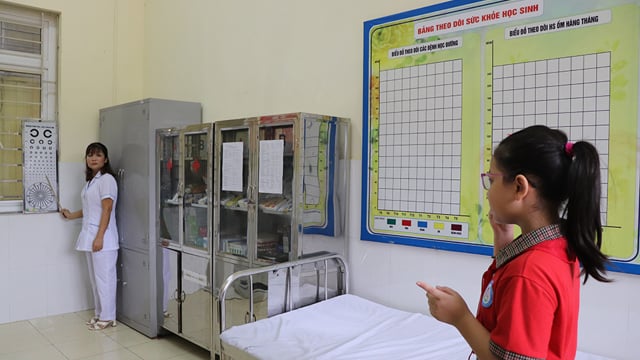


















































































Comment (0)